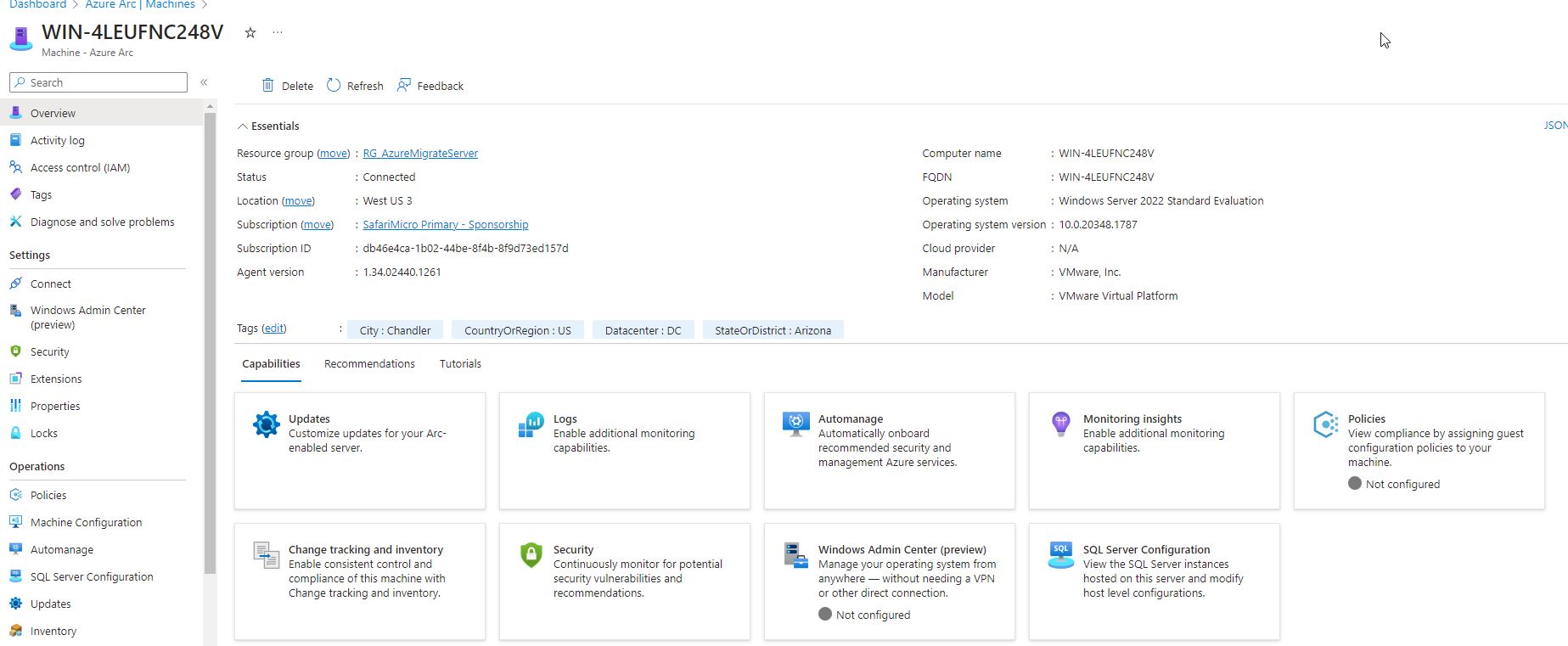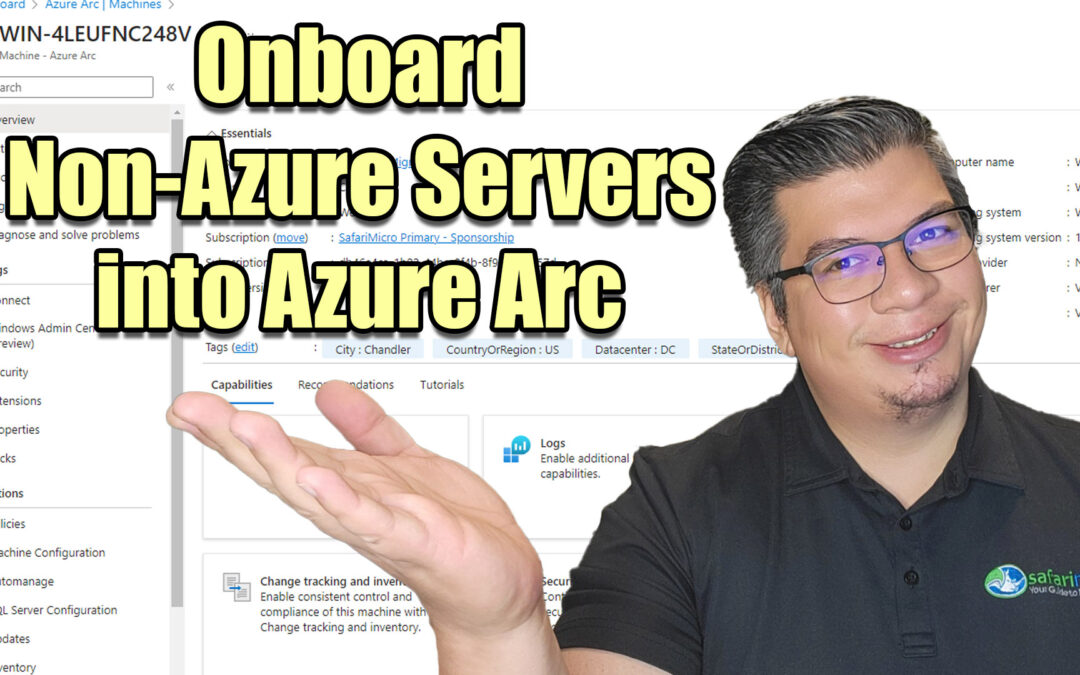One of the most powerful things about Azure Arc is being able to bring your on-premise servers into the azure portal. To do this is not difficult.
One of the quickest ways to accomplish this without the use of any other tools is to use a deployment script that is generated from the Azure Arc portal. You can follow the steps below to onboard a single non-azure server into Azure Arc.
Navigate to the Azure portal and use the search bar at the top of the screen to search for and select “Azure Arc“.
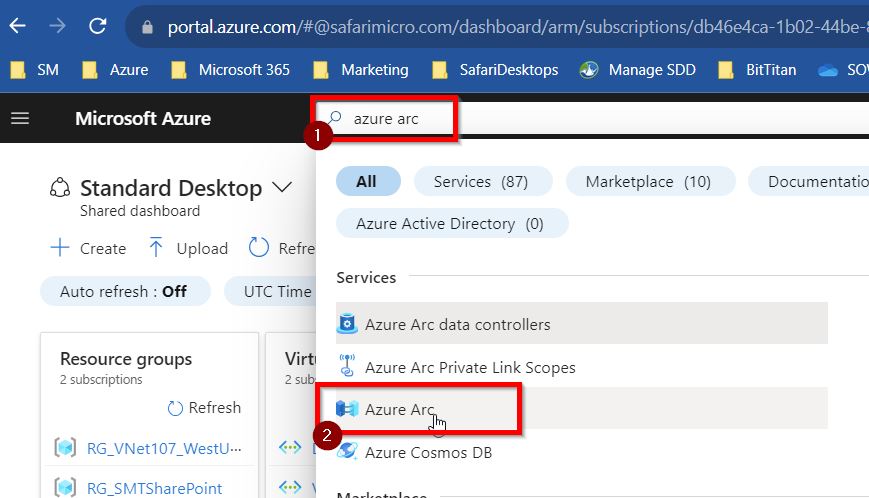
On the Azure Arc blade, select “Machines” (located under ‘Infrastructure’).
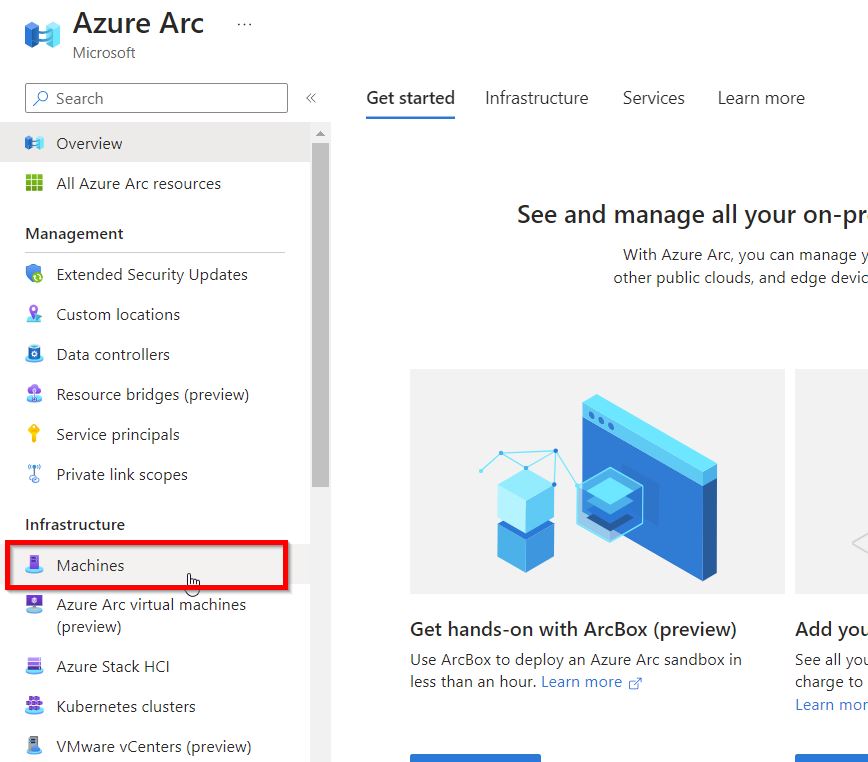
From the Machines blade, select “Add/Create” and then “Add a machine” from the drop down.
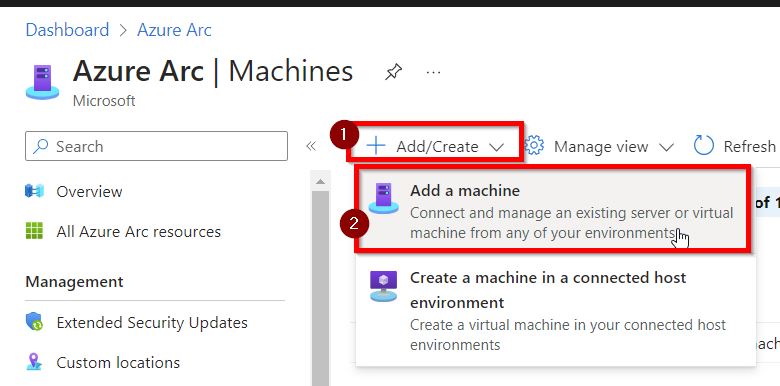
On the ‘Add server with Azure Arc’ page, select “Generate Script” on the ‘Add a single server’ option.
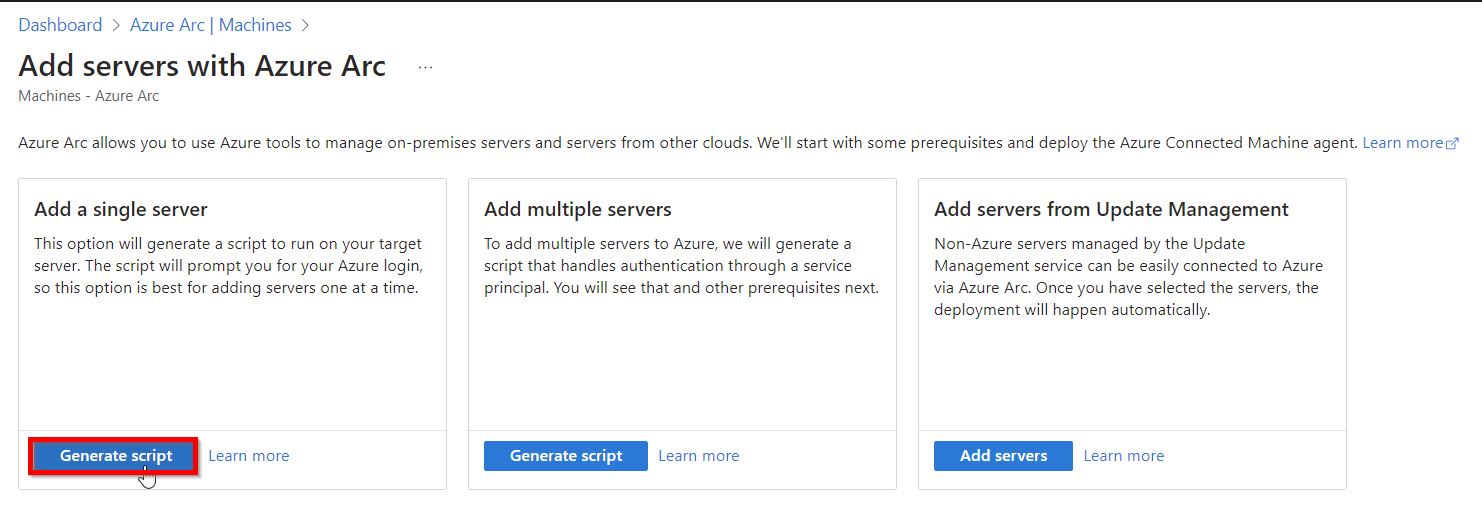
Select the appopriate Azure subscription, then select or create a Resouce Group (not you may need to select ‘Region’ first if you are creating a new Resource Group), verify/select correct region and operating system.
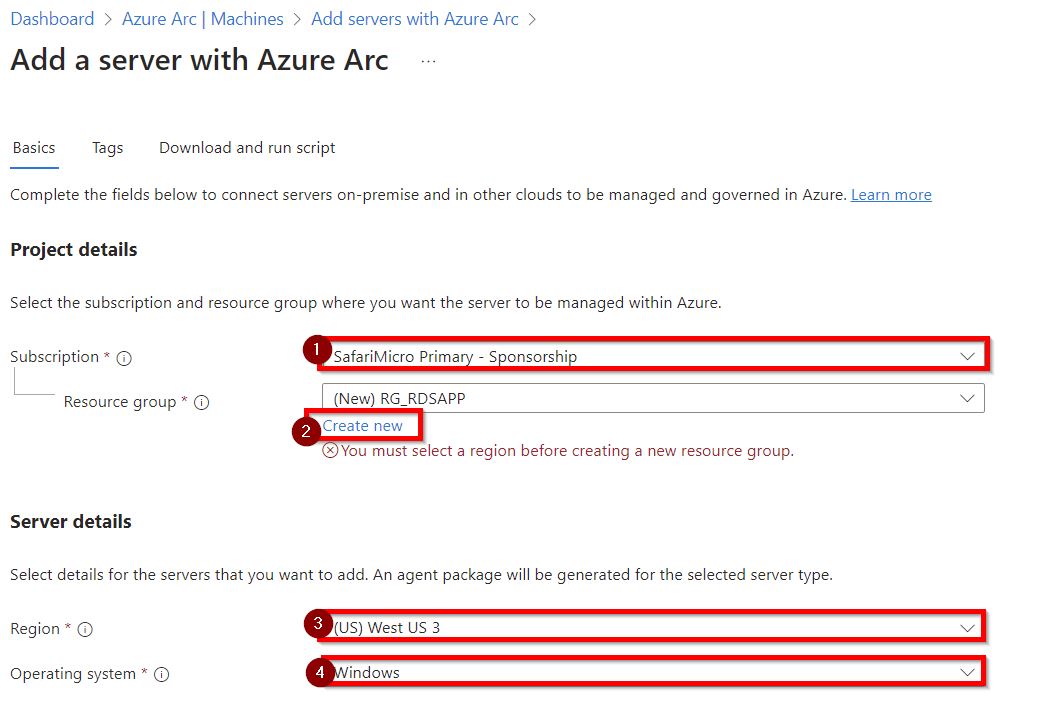
Under ‘Connectivity Method’ select the ‘Public endpoint‘. This simply choses how the arc agent will get out to the internet to communicate with the Azure Arc service. Alternatively you could have that traffic route through a proxy server or private endpoint.
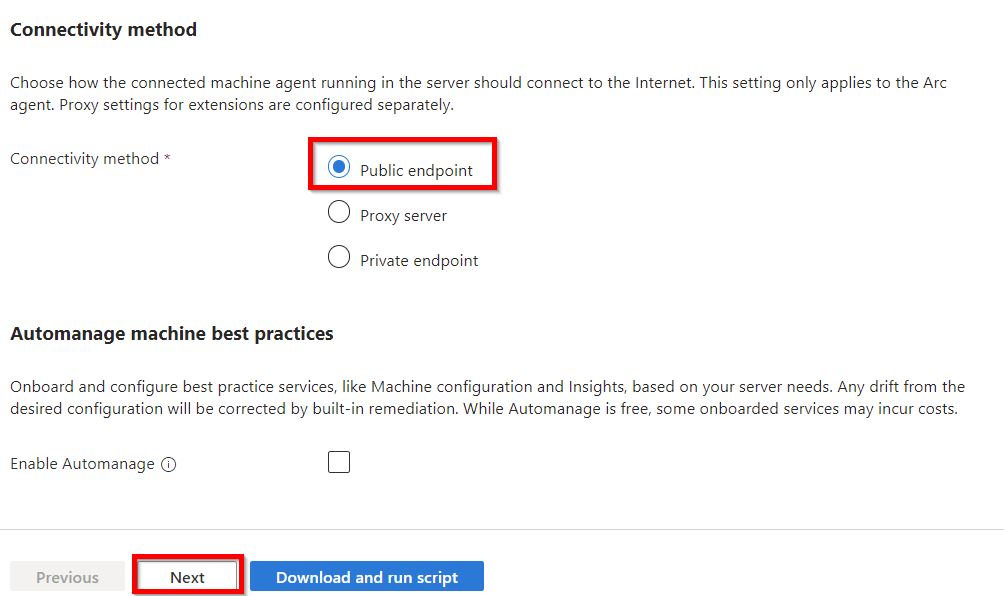
Under ‘Physical location tags’ fill in the appropriate information for each tag, this helps you from an organizational standpoint to determine the location of your onpremise servers that are onboarded into Azure Arc. As with other Azure resources you can include additional custom tags as well.
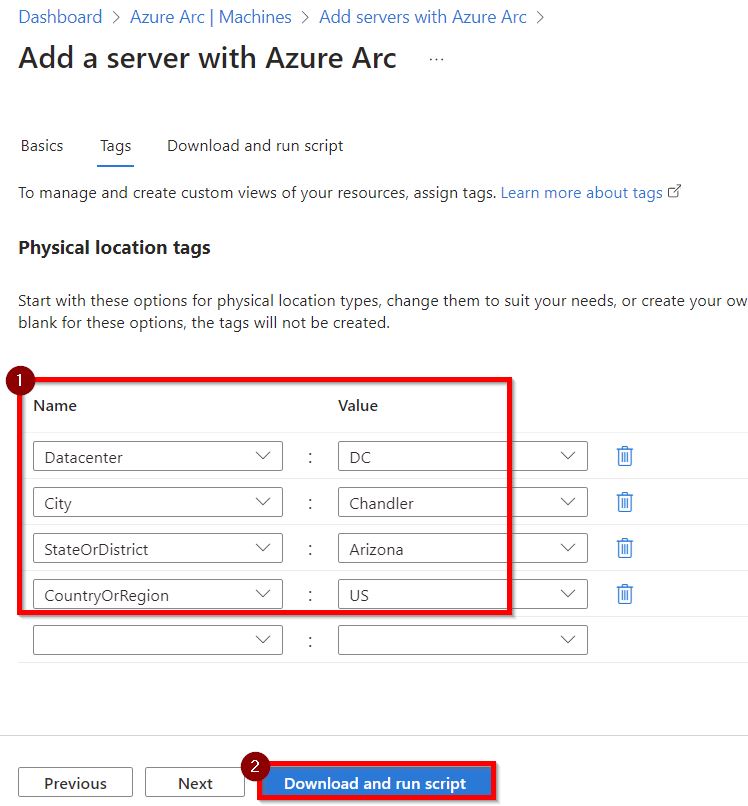
You are then provided with a deployment script, download this to your computer.
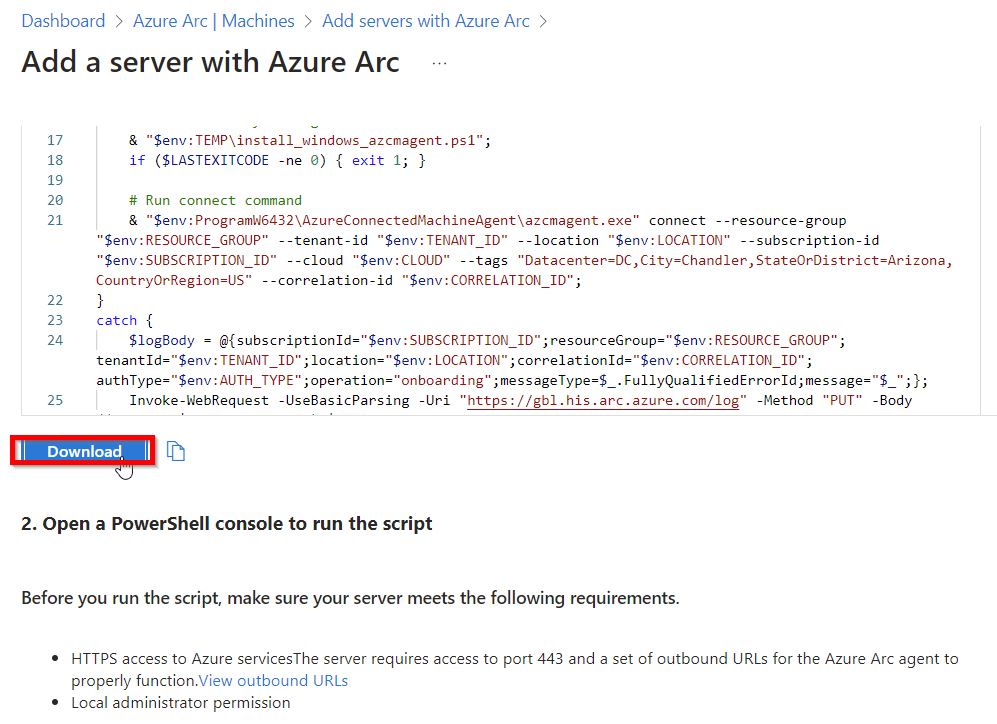
Copy the deployment script to the server you want to onboard, and then run powershell as an administrator and run the script.
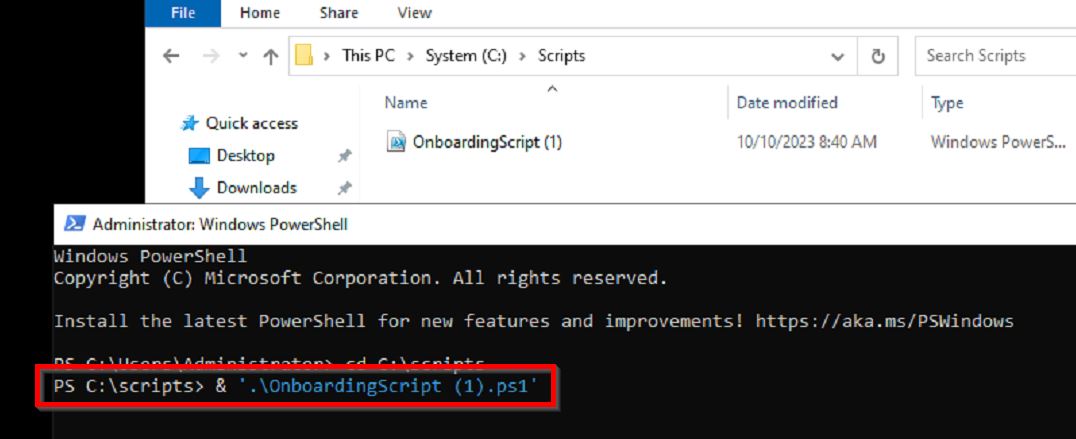
The script will ask you to authenticate against your azure tenant. Sign-in with your azure account that has the appropriate rights to the azure subscription.
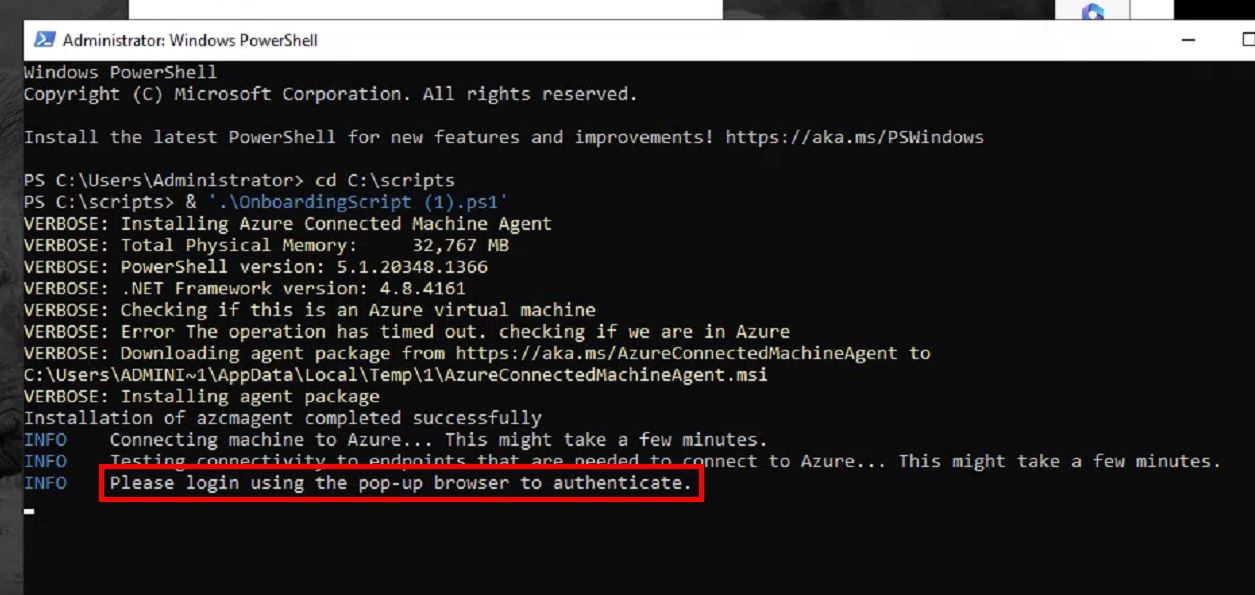
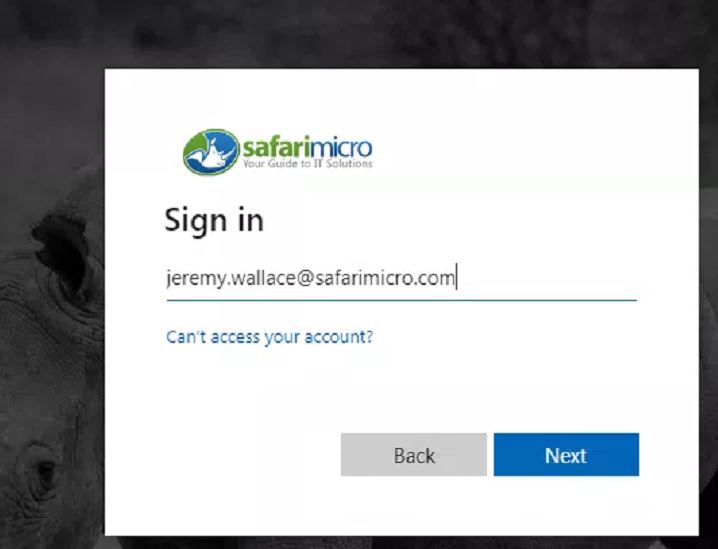
When complete, the script should inform you that the computer is connected to Azure.
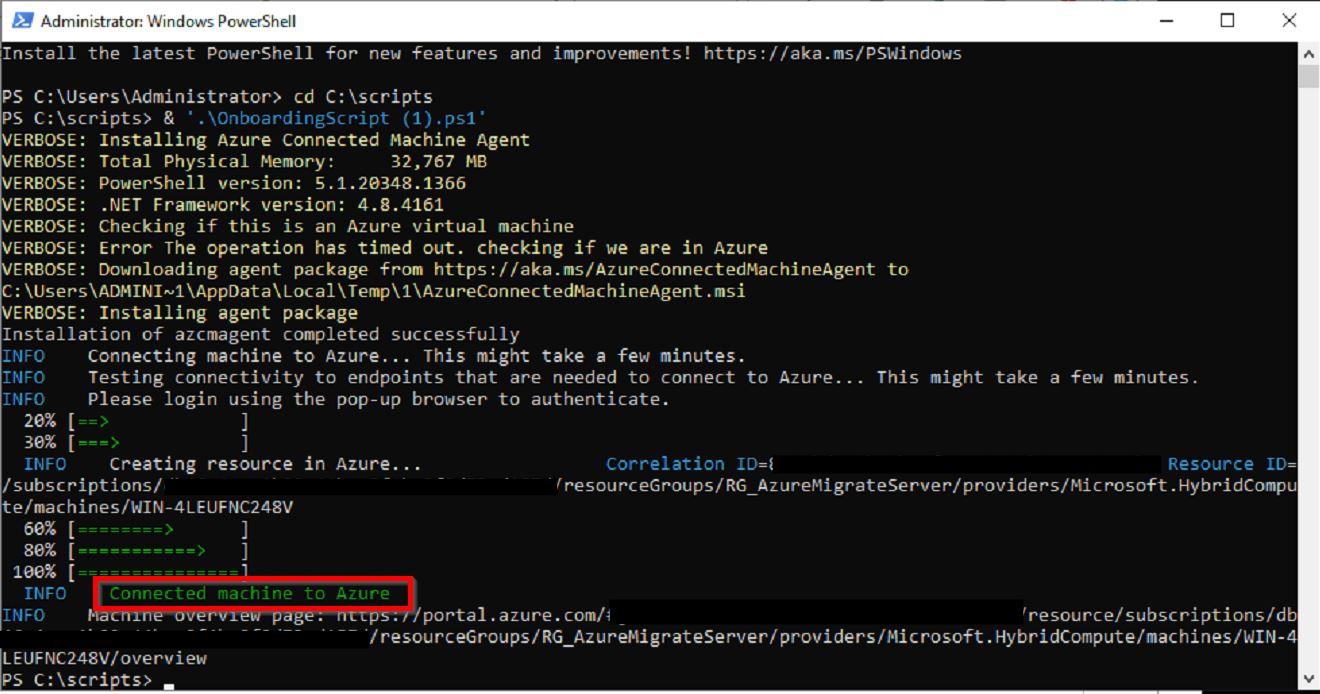
You then should see the server listed in the Azure Arc portal.
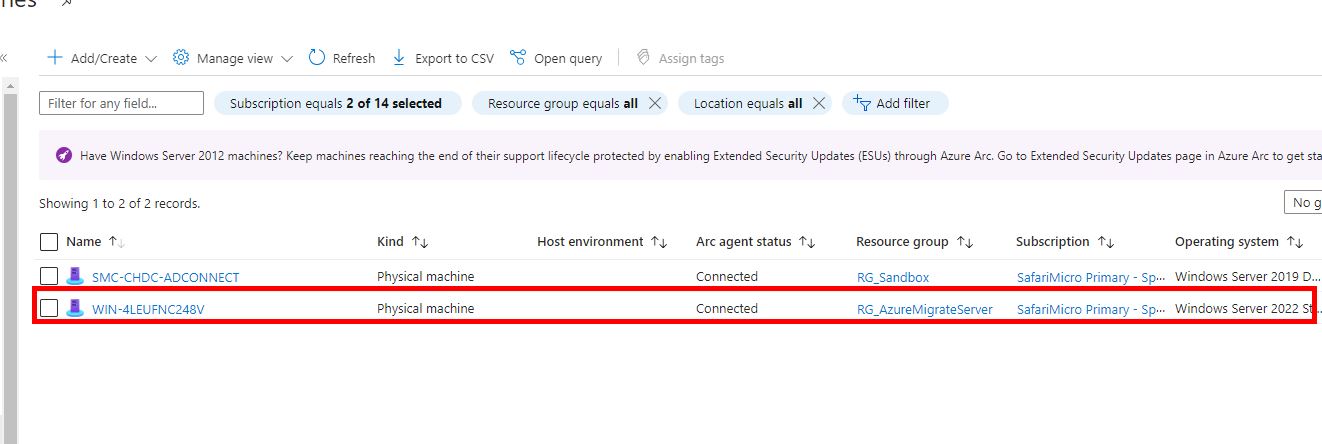
Now that the server is onboarded into Azure Arc you can take advantage of the hybrid management capabilities of Azure Arc including windows updates, policies, analytics and Defender capabilities.
